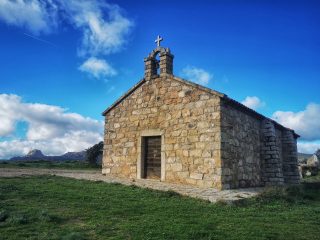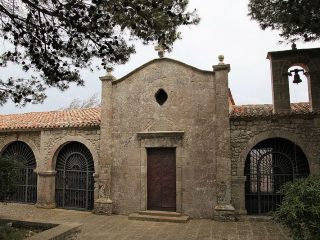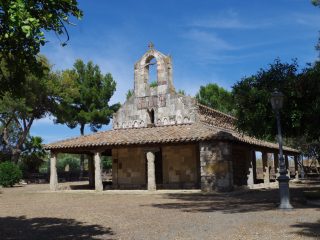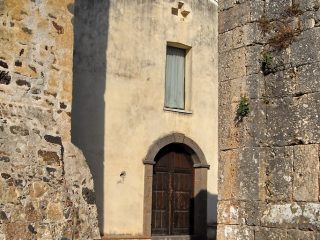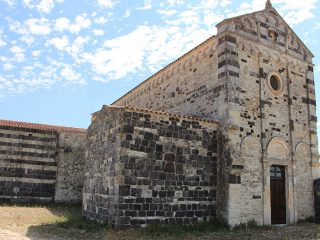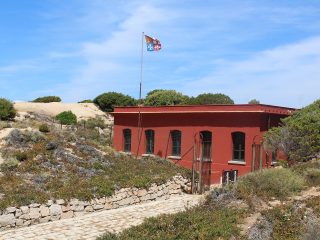The rural church of Santa Maria di Cea (in Sardinian Nostra Sennora ‘e Se), originally di Seve like the ancient town, lies a few kilometres from Banari on the country road leading to Ittiri, Ossi and Florinas, in the fertile valley irrigated by the waters from the Rio Biddighinzu.
The building is a place of worship linked to the Vallombrosians, Benedictine monks who owe their name to the Forest of Vallombrosa in Tuscany, which they controlled up until 1866, when ecclesiastical properties were annexed to the Kingdom of Italy.
The Church is part of a monastic complex dating to the second half of the XII century, consisting of a rural church in Romanesque style, the fenced in courtyard with well, probably where animals were reared and dedicated to farming, and some other buildings known as the hermitage (a refuge for hermits).
The church’s main facades and part of the monastic buildings on its right are all that remain of the Romanesque building. The single nave structure with apse to the east, can be attributed to Tuscan workforces active in the Giudicato of Torres and in northern Sardinia in the second half of the XIII century.
The apse is smooth, with no dividing half pilasters, and is completed with a shell cornice. It has a double splayed curved axial monophora.
The facade, created using limestone squared ashlars, is asymmetrical and is divided by a slightly jutting out string course cornice. It is completed by a bell gable with semi-circular light and, in place of the double-arched window or original oculus, has a rectangular window.
The portal’s architrave rests on pseudo capitals with phytomorphic decoration.
An inscription dated 1260 is engraved on the ashlars of the right-hand face.







